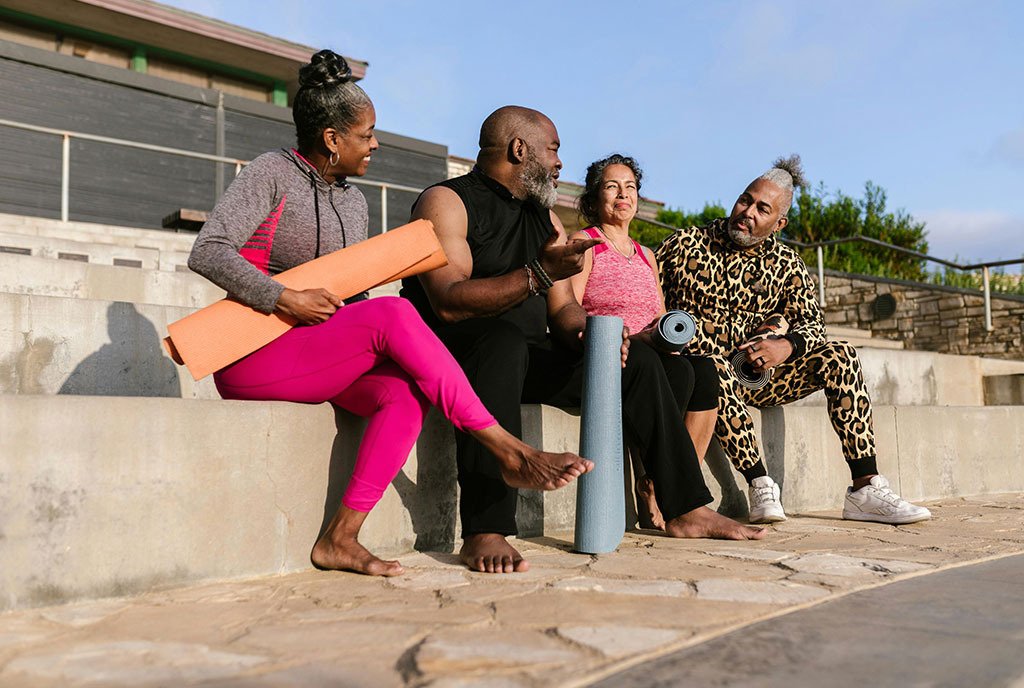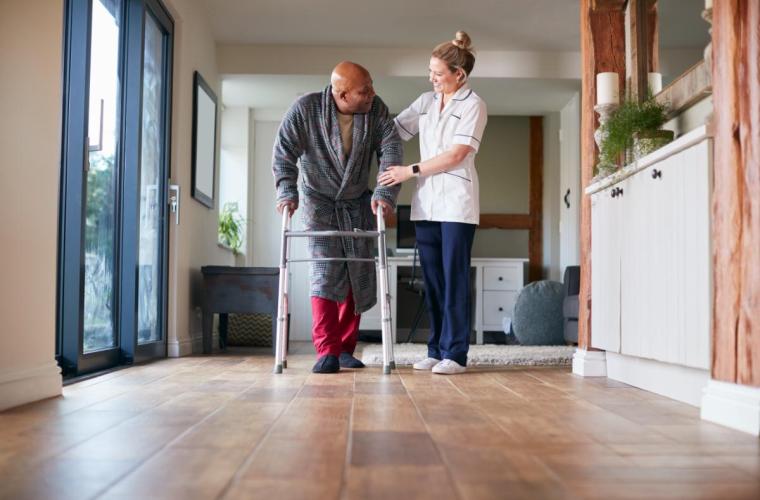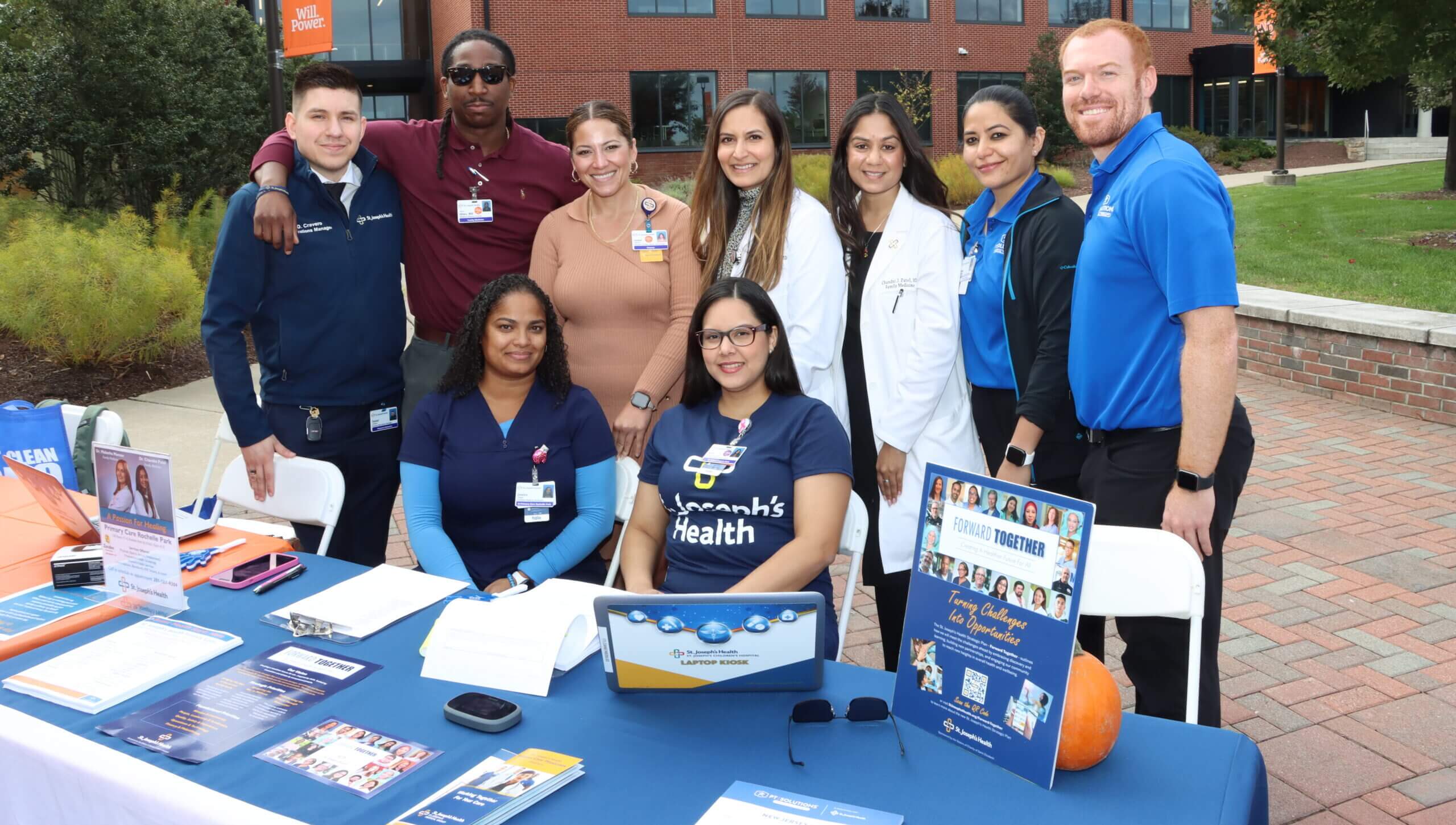The Crucial Role of Health Education in Building Healthier Communities

In today’s fast-paced world, where chronic diseases, misinformation, and healthcare disparities are on the rise, one thing has become abundantly clear: health education is not just helpful—it’s essential. From schools and universities to workplaces and community centers, health education serves as a powerful tool to empower individuals, reduce preventable illness, and promote lifelong wellness.
But health education goes beyond teaching people what foods to eat or how often to exercise. It encompasses a broad spectrum of topics, including mental health, disease prevention, reproductive health, hygiene, and access to healthcare. The more informed people are, the better decisions they can make—not just for themselves, but for their families and their communities.
In this article, we’ll explore the importance of health education, how it impacts public health, and why integrating it into educational systems is key to creating a healthier future for everyone.
What Is Health Education?
Health education is the process of providing people with the knowledge, skills, and tools they need to make informed choices about their health. It can take place in a variety of settings—schools, healthcare facilities, public health campaigns, and even online platforms.
Health education covers a wide range of topics, including:
-
Nutrition and physical activity
-
Mental and emotional well-being
-
Substance abuse prevention
-
Sexual and reproductive health
-
Disease awareness (e.g., diabetes, heart disease, HIV)
-
Personal hygiene and sanitation
-
Vaccine awareness and preventive care
Its goal is not just to deliver facts, but to foster healthy behaviors and lifestyles that last a lifetime.
Why Health Education Matters
1. Promotes Prevention Over Cure
One of the most powerful aspects of health education is its emphasis on prevention. Educating individuals about how to avoid diseases, detect symptoms early, and take preventive measures can drastically reduce the burden on healthcare systems.

For example, educating adolescents about the dangers of smoking and vaping can prevent long-term addiction and reduce future rates of lung disease and cancer. Similarly, teaching about proper handwashing and hygiene can decrease the spread of infectious diseases in schools and homes.
2. Empowers Individuals
Knowledge is power. Health education empowers individuals to take control of their own well-being. Instead of being passive recipients of healthcare services, educated individuals are better equipped to:
-
Understand medical instructions
-
Ask the right questions during consultations
-
Make informed decisions about treatment options
-
Navigate health insurance and access to care
-
Advocate for their own needs and those of their families
Empowered patients are more likely to comply with treatments, monitor their conditions, and participate in preventive care practices.
3. Reduces Health Disparities
Health literacy—defined as the ability to understand and use health information—is closely linked to social and economic status. Unfortunately, underserved communities often have lower health literacy rates, which leads to poorer health outcomes.
Health education programs that are culturally sensitive and accessible can help close this gap. When educational materials are translated into multiple languages, adapted to different reading levels, and delivered by trusted community leaders, they can bridge divides and ensure equity in health knowledge.
Health Education in Schools: Laying the Foundation Early
The school environment plays a pivotal role in shaping long-term health habits. Integrating health education into school curriculums helps young people:
-
Understand how their bodies work
-
Develop positive self-esteem and body image
-
Learn about mental health and emotional regulation
-
Recognize unhealthy behaviors early on
-
Build healthy routines that last into adulthood
Components of Effective School-Based Health Education:
-
Age-appropriate lessons that evolve as students mature
-
Interactive teaching methods (e.g., discussions, role-playing, group activities)
-
Engagement with parents and caregivers for consistent reinforcement at home
-
Integration of physical education and access to healthy school meals
-
Support services like school counselors and nurses
By the time students graduate, they should not only know the basics of physical and mental health but also feel confident in taking charge of their own well-being.
Technology and the Digital Shift in Health Education
With the rise of the internet, smartphones, and social media, health education has expanded far beyond textbooks and classroom lectures. Today’s digital platforms offer on-demand access to health information, making it easier than ever for people to learn at their own pace.
Popular Digital Tools in Health Education:
-
Educational apps on fitness, nutrition, sleep, and mindfulness
-
Online courses and webinars from universities and health organizations
-
YouTube tutorials on exercises, cooking, and mental health tips
-
Podcasts and blogs by healthcare professionals
-
Social media campaigns targeting public health issues (e.g., vaccine awareness)
However, this abundance of information also poses risks. Misinformation and unverified advice are rampant online. That’s why media literacy and the ability to critically evaluate sources must be included as part of any modern health education program.
Health Education in the Workplace
Workplace health education is becoming increasingly important as companies recognize the link between employee wellness and productivity. Chronic illnesses, stress, and burnout don’t just affect individuals—they impact the entire organization.
Companies that invest in workplace health initiatives often see:
-
Lower absenteeism
-
Higher employee morale
-
Reduced healthcare costs
-
Increased engagement and performance
Examples of Workplace Health Education:
-
Workshops on nutrition, ergonomics, and stress management
-
On-site fitness programs or gym memberships
-
Smoking cessation and substance abuse support
-
Access to mental health counseling or Employee Assistance Programs (EAPs)
A workplace culture that values health education fosters loyalty, resilience, and a stronger workforce overall.
Community-Based Health Education
Beyond schools and workplaces, communities are key players in promoting health education. Local organizations, clinics, and nonprofits often serve as lifelines for marginalized populations.
Community health education efforts may include:
-
Free health screenings and vaccination drives
-
Nutrition and cooking classes for families
-
Maternal and child health workshops
-
Mental health first aid training
-
Campaigns on HIV/AIDS, STIs, and reproductive health
These grassroots efforts not only increase awareness but also build trust between healthcare providers and the public—especially in communities where healthcare access may be limited or stigmatized.
Challenges to Health Education
While the benefits of health education are clear, several challenges remain:
-
Lack of funding and resources in schools and underserved communities
-
Cultural and language barriers that hinder outreach
-
Misinformation spread through social media and unverified sources
-
Stigma around topics like mental health, sexual health, and addiction
-
Inadequate training for educators and healthcare providers
Overcoming these challenges will require collaboration between governments, educators, healthcare workers, tech companies, and community leaders to ensure that health education is accurate, inclusive, and accessible to all.

Final Thoughts: Health Education Is Health Empowerment
Good health doesn’t begin at the hospital—it begins at home, in schools, in communities, and in the choices we make every day. Health education is the foundation that allows individuals to understand those choices and act on them with confidence.
When people are educated about their bodies, their minds, and their environment, they are better equipped to prevent disease, seek help when needed, and lead healthier, more fulfilling lives. Whether delivered in a classroom, through a smartphone, or at a community center, health education has the power to transform lives—one lesson at a time.
As we look toward the future, investing in health education is one of the smartest strategies we have to create a stronger, healthier, and more equitable world.


